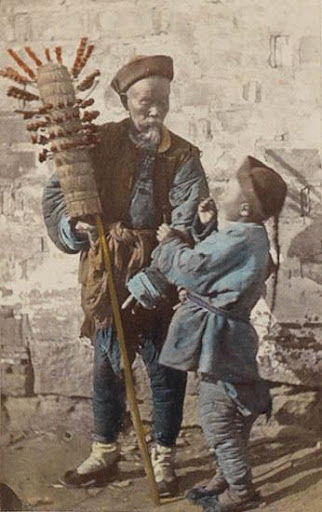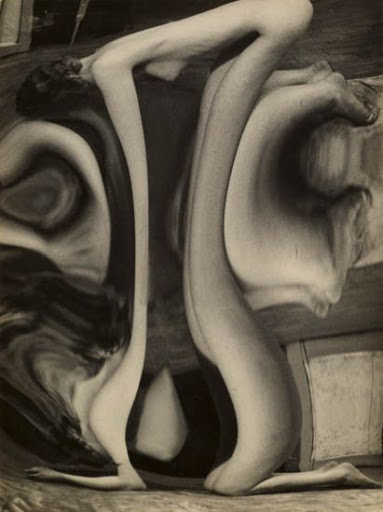 The results of Swann’s various owner photographs sale earlier this week were quietly respectable, with the Total Sale Proceeds falling in the middle of the aggregate pre-sale estimate range. With an overall Buy-In rate under 25% and a handful of positive surprises, it was a solid outcome for an early season sale.
The results of Swann’s various owner photographs sale earlier this week were quietly respectable, with the Total Sale Proceeds falling in the middle of the aggregate pre-sale estimate range. With an overall Buy-In rate under 25% and a handful of positive surprises, it was a solid outcome for an early season sale.
The summary statistics are below (all results include the buyer’s premium):
Total Lots: 138
Pre Sale Low Total Estimate: $926500
Pre Sale High Total Estimate: $1360000
Total Lots Sold: 104
Total Lots Bought In: 34
Buy In %: 24.64%
Total Sale Proceeds: $1006365
Here is the breakdown (using the Low, Mid, and High definitions from the preview post, here):
Low Total Lots: 104
Low Sold: 81
Low Bought In: 23
Buy In %: 22.12%
Total Low Estimate: $650000
Total Low Sold: $575340
Mid Total Lots: 32
Mid Sold: 22
Mid Bought In: 10
Buy In %: 31.25%
Total Mid Estimate: $535000
Total Mid Sold: $353025
High Total Lots: 2
High Sold: 1
High Bought In: 1
Buy In %: 50.00%
Total High Estimate: $175000
Total High Sold: $78000
 The top lot by High estimate was lot 22, Edward Curtis, The North American Indian, Portfolio #1, 1907, at $70000-100000; it was also the top outcome of the sale at $78000.
The top lot by High estimate was lot 22, Edward Curtis, The North American Indian, Portfolio #1, 1907, at $70000-100000; it was also the top outcome of the sale at $78000.
78.85% of the lots that sold had proceeds in or above the estimate range, and there were a total of 6 surprises in this sale (defined as having proceeds of at least double the high estimate):
Lot 8, (China), Collection of carte-de-viste portraits, 1860s-1870s, estimated at $6000-9000, sold at $60000 (image at right, top, via Swann)
Lot 9, (China), Group of 14 prints, 1875-1876, estimated at $7000-10000, sold at $28800
Lot 11, (Korea), Album, 1899, estimated at $4000-6000, sold at $20400 (image at right, middle, via Swann)
Lot 29, (Crime), Warden’s Book, 1917, estimated at $4000-6000, sold at $13200
Lot 77, Eugene Smith, Walk to Paradise Garden, 1946/1972, estimated at $4000-6000, sold at $16800
Lot 124, Elliot Erwitt, Versailles, 1975/1990s, estimated at $2500-3500, sold at $7200
Complete lot by lot results can be found linked from here.
Swann Galleries
104 East 25th Street
New York, NY 10010
JTF (just the facts): A total of 6 black and white photographic works (including 1 diptych and 1 set of 18 prints), framed in black and unmatted, and hung against white walls in the main gallery space and the smaller back room. All of the prints are Epson prints, individually sized between 24×20 and 75×43. The show also includes 1 single channel video (29 seconds long) displayed on a screen. All of the works are available in editions of 5 and were made between 2009 and 2013. (Installation shots at right.)
Comments/Context: Shannon Ebner’s new show continues her ongoing investigation of the intersection of photography and language. Her constructed images shuttle back and forth between legibilty and abstraction, parsing language into letters and symbols and arranging these objects into diagramatic systems that can be both “read” and enjoyed for their formal qualities. Cinder blocks, cardboard, and wood are at once sculpturally textural raw materials and linguistically representative signs.
 The first focused Photography sale of the year takes place at Swann next week, with the auction house’s customary eclectic mix of material up for bid. As always, the tilt is toward lower priced 20th century black and white work, both vintage and modern prints. An Edward Curtis portfolio is the headliner. Overall, there are 138 lots available, with a total High estimate of $1360000. Here’s the statistical breakdown: Total Low Lots (high estimate up to and including $10000): 104 Total Low Estimate (sum of high estimates of Low lots): $650000 Total Mid Lots (high estimate between $10000 and $50000): 32 Total Mid Estimate: $535000 Total High Lots (high estimate above $50000): 2 Total High Estimate: $175000
The first focused Photography sale of the year takes place at Swann next week, with the auction house’s customary eclectic mix of material up for bid. As always, the tilt is toward lower priced 20th century black and white work, both vintage and modern prints. An Edward Curtis portfolio is the headliner. Overall, there are 138 lots available, with a total High estimate of $1360000. Here’s the statistical breakdown: Total Low Lots (high estimate up to and including $10000): 104 Total Low Estimate (sum of high estimates of Low lots): $650000 Total Mid Lots (high estimate between $10000 and $50000): 32 Total Mid Estimate: $535000 Total High Lots (high estimate above $50000): 2 Total High Estimate: $175000  The top lot by High estimate is lot 22, Edward Curtis, The North American Indian, Portfolio #1, 1907, at $70000-100000. The following is the list of photographers with 3 or more lots in the sale (with the number of lots in parentheses): Alfred Eisenstaedt (7) Ansel Adams (6) Berenice Abbott (5) Edward Curtis (5) Brassaï (4) Henri Cartier-Bresson (3) André Kertész (3) Gordon Parks (3) Aaron Siskind (3) Edward Weston (3) Minor White (3)
The top lot by High estimate is lot 22, Edward Curtis, The North American Indian, Portfolio #1, 1907, at $70000-100000. The following is the list of photographers with 3 or more lots in the sale (with the number of lots in parentheses): Alfred Eisenstaedt (7) Ansel Adams (6) Berenice Abbott (5) Edward Curtis (5) Brassaï (4) Henri Cartier-Bresson (3) André Kertész (3) Gordon Parks (3) Aaron Siskind (3) Edward Weston (3) Minor White (3)  Other works of interest include lot 33, André Kertész, Distortion #128, 1931-1933, at $30000-45000 (image at right, top), lot 46, Henri Cartier-Bresson, Trafalgar Square on the day of the Coronation of King George VI, London, 1937/1950s, at $20000-30000 (image at right, middle), and lot 58, Minor White, Mendocino #3, 1948, at $4000-6000 (image at right, bottom). All images via Swann. The complete lot by lot catalog can be found here. The 3D version is located here. Fine Photographs February 26th Swann Auction Galleries 104 East 25th Street New York, NY 10010
Other works of interest include lot 33, André Kertész, Distortion #128, 1931-1933, at $30000-45000 (image at right, top), lot 46, Henri Cartier-Bresson, Trafalgar Square on the day of the Coronation of King George VI, London, 1937/1950s, at $20000-30000 (image at right, middle), and lot 58, Minor White, Mendocino #3, 1948, at $4000-6000 (image at right, bottom). All images via Swann. The complete lot by lot catalog can be found here. The 3D version is located here. Fine Photographs February 26th Swann Auction Galleries 104 East 25th Street New York, NY 10010